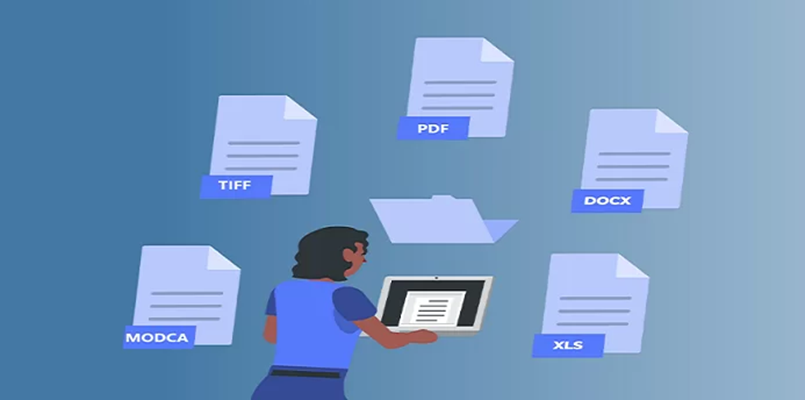MS Technology’s extensive experience working with TIFF images has lent our experience to IBM to delivery high quality TIFF viewing to their users for IBM Content Manager 8, FileNet P8, Content Navigator, and WEBi. Our compression algorithms provide viewing of TIFF files with great precision and speed.
What is TIFF?
Tagged Image File Format, abbreviated TIFF or TIF, is a computer file format for storing raster graphics images, popular among the publishing industry, and photographers. TIFF is widely supported by scanning, faxing, word processing, optical character recognition, image manipulation, desktop publishing, and page-layout applications.
TIFF is a flexible, adaptable file format for handling images and data within a single file, by including the header tags (size, definition, image-data arrangement, applied image compression) defining the image’s geometry. A TIFF file, for example, can be a container holding JPEG (lossy) and PackBits (lossless) compressed images. A TIFF file also can include a vector-based clipping path (outlines, cropping, and image frames). The ability to store image data in a lossless format makes a TIFF file a useful image archive, because, unlike standard JPEG files, a TIFF file using lossless compression (or none) may be edited and re-saved without losing image quality. This is not the case when using the TIFF as a container holding compressed JPEG. Other TIFF options are layers and pages. Additionally, TIFF offers the option of using LZW compression, a lossless data-compression technique for reducing a file’s size.
Advantages of the TIFF
- Supports Numerous Formats: Many add-ons have been incorporated to the TIFF format since its inception for color and gray-scale images and documents so as to support various needs of graphic design, medical imaging and document processing. TIFF also supports several file formats, which is very useful. This means numerous pages that may include color, white and gray-scale documents can be saved easily like one TIFF image, rather than several files.
- Lossless Format: TIFF is actually a lossless file format and this means that no quality of the picture is lost when it is digitized. That is why most digital cameras today use TIFF format. Other than being a lossless format, TIFF supports multiple images and color depths that it does not lose with every subsequent save.
- Versatile: Another vital advantage to utilizing the TIFF format is the fact that most image-editing programs can save or creating a file using this particular format. TIFF is also very flexible as it supports several compression schemes and information fields.
- Platform-independent: TIFF is platform-independent, meaning that it is usable easily on all kinds of computing platforms such as Macs and PCs. This allows for easy exchange of TIFF files between computer platforms and applications.
Disadvantages of TIFF
- Uncompressed: TIFF isn’t always the right format for the job. Web browsers more frequently use formats such as PNG and JPEG, that are more widely used in compressed format, for faster downloading and rendering.
- Not able to opened by many applications: Even though TIFF file formats are carefully documented, some programs can’t open all TIFFs, which can be frustrating. The format can also be difficult for programmers to understand, without careful study, if they need to work with it directly.
- Not a Text-Enabled Format: While TIFF files are often used to store scanned documents, they can’t directly store the text content of those documents. That means that TIFF files need to be stored alongside separate text files if they need to be searchable or processed as actual text. Other file formats, such as PDF files, don’t have this issue.
- No Security: TIFF also doesn’t have built-in support for passwords or security, which can be a downside in some applications.
MS Technology’s Solutions
MS Technology has over 25 years of experience and the leader with the TIFF format, with single page, multipage and multi-part TIFFS, with all of our products including the MST Viewer, eViewer HTML5 document viewer, and MST Batch Converter. MS Technology’s solutions can overcome many of the disadvantages of the TIFF format including using our OCR module to provide text search and selection, and annotate TIFF files. IBM has been using MS Technology’s SDKs to provide TIFF support to all IBM ECMs including Content Manager 8 and FileNet P8. Our powerful viewers and conversion tools enable you to view, convert, manipulate, combine, annotate, redact and print TIFF files from 1-bit TIFF to 24-bit TIFF files.
Contact us today to learn more about MS Technology can assist your organization’s need to manage TIFF files.
Get Started
Contact us today to learn more about MS Technology can assist your organization’s need to manage TIFF files.
